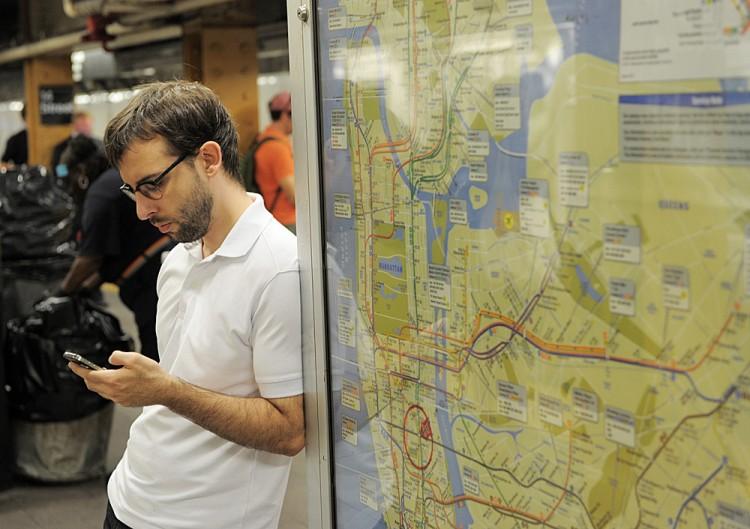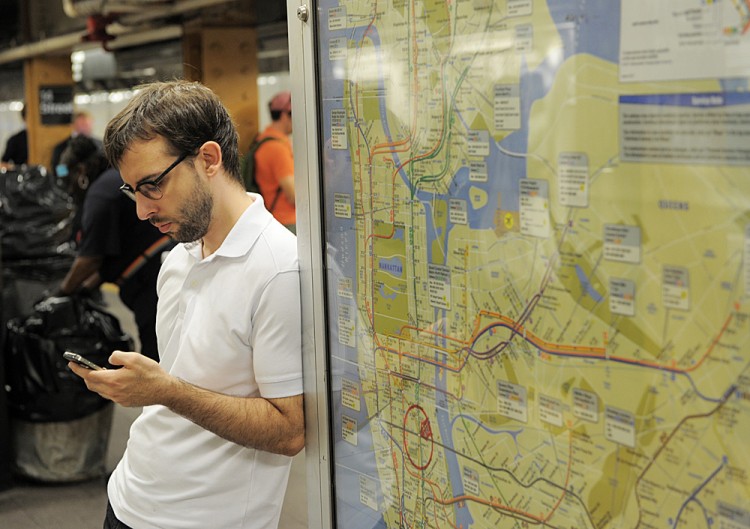NEW YORK—In Queens, A-line trains to the Racino saw great increases in ridership in 2011. With the reopening of the Roosevelt Island tram at the end of 2010, commuters packed into the revamped trams again and F train ridership across the East River decreased significantly in 2011.
All across the city, as populations shift, New Yorkers see more or less crowding during their daily commute. The Metropolitan Transportation Authority (MTA) released its ridership statistics showing the difference between ridership in 2010 and 2011 late last week.
Manhattan
Most significant increases in ridership:
Cortlandt Street, R train, up 45.1 percent
Dyckman Street, A train, up 20.5 percent
Most significant decreases in ridership:
Dyckman Street, 1 train, down 45.8 percent
Roosevelt Island, F train, down 18 percent
Brooklyn
Most significant increases in ridership:
Avenue U, Q train, up 61.2 percent
Neck Road, Q train, up 56.9 percent
Most significant decreases in ridership:
Smith-9 streets, F and G trains, down 61.5 percent
15 Street-Prospect Park, F and G trains, down 24.6 percent
Bronx
Most significant increases in ridership:
Whitlock Avenue, 6 train, up 344.6 percent
Morrison Avenue-Soundview, 6 train, up 314.5 percent
Most significant decreases in ridership:
Elder Avenue, 6 train, down 74.8 percent
St. Lawrence Avenue, 6 train, down 72 percent
Queens
Most significant increases in ridership:
Aqueduct-North Conduit Avenue, A train, 99.4 percent
Aqueduct Racetrack, A train, 82.8 percent
Most significant decreases in ridership:
Beach 36 Street, A train, down 41 percent
Beach 60 Street, A train, down 29.6 percent







